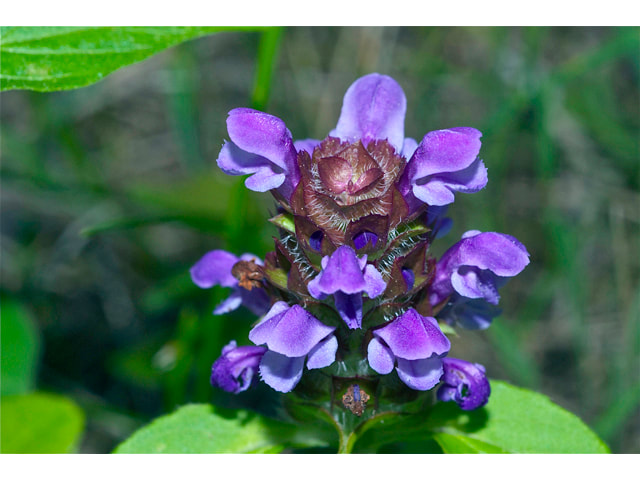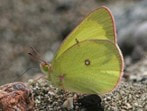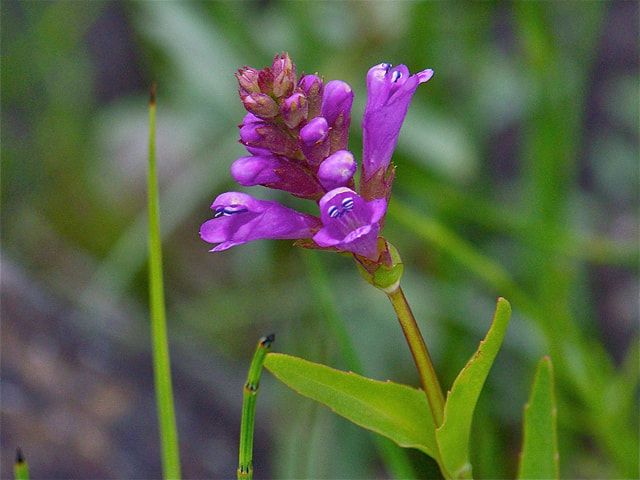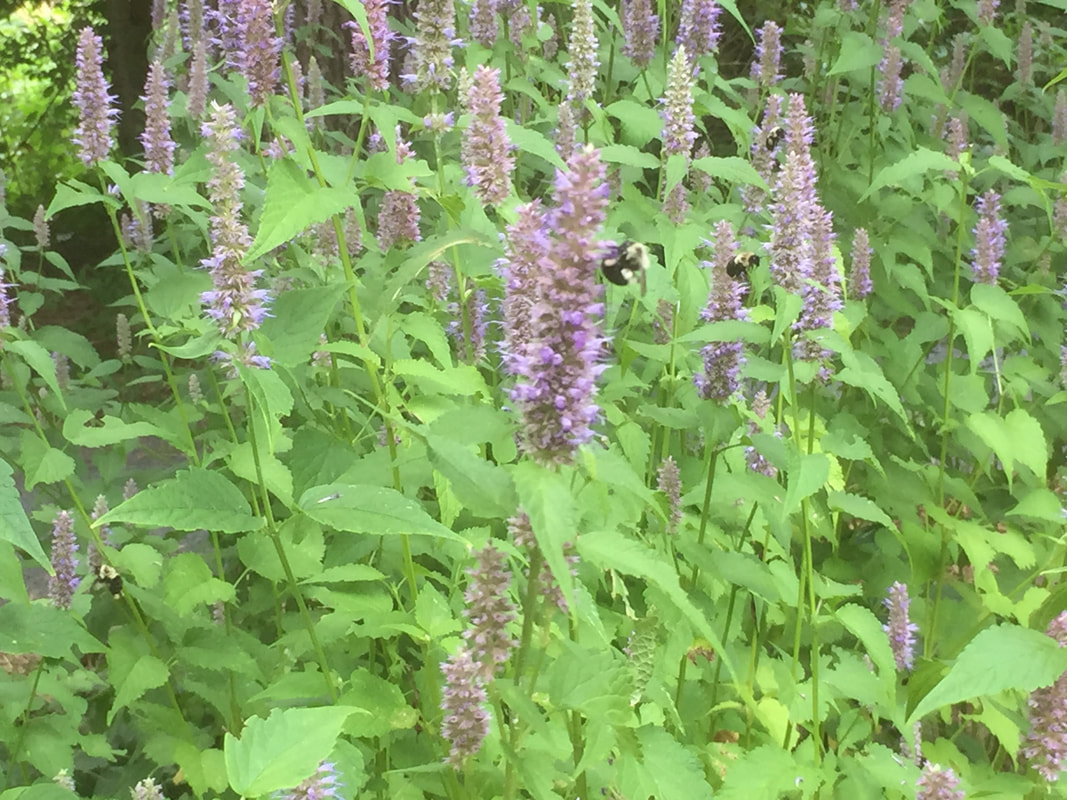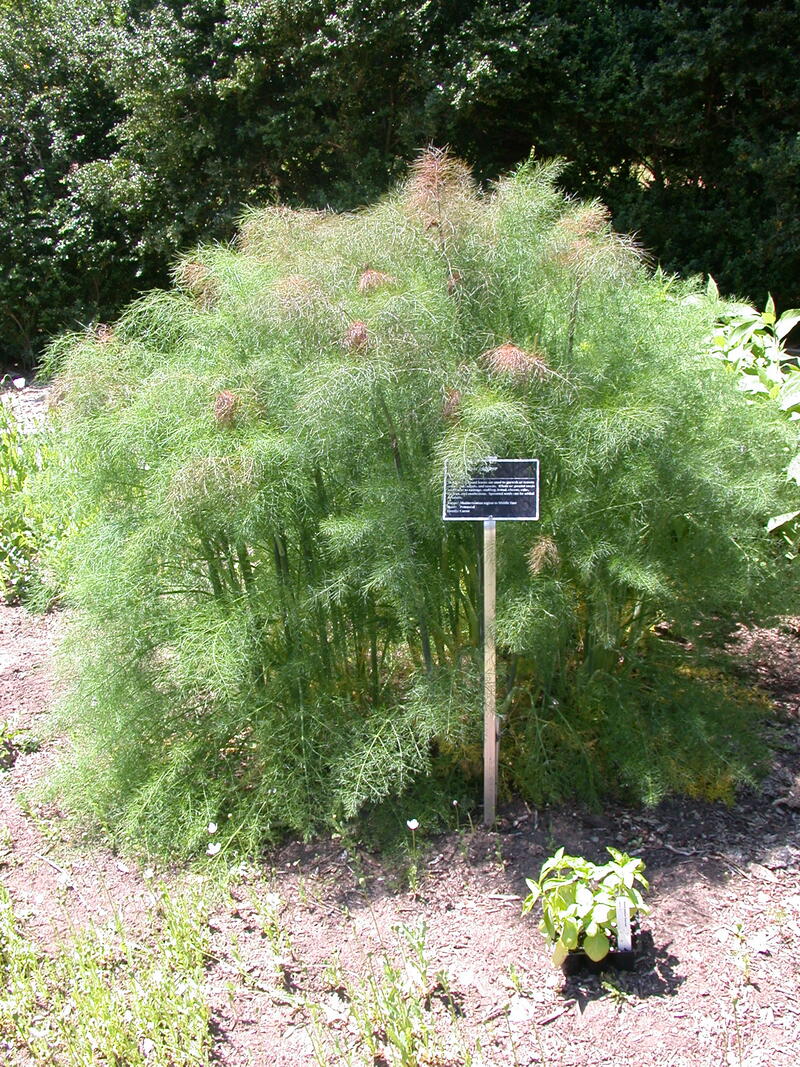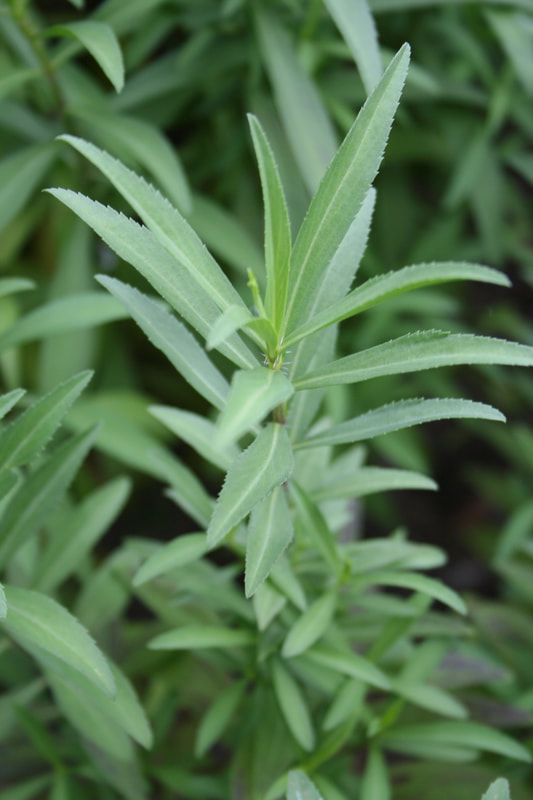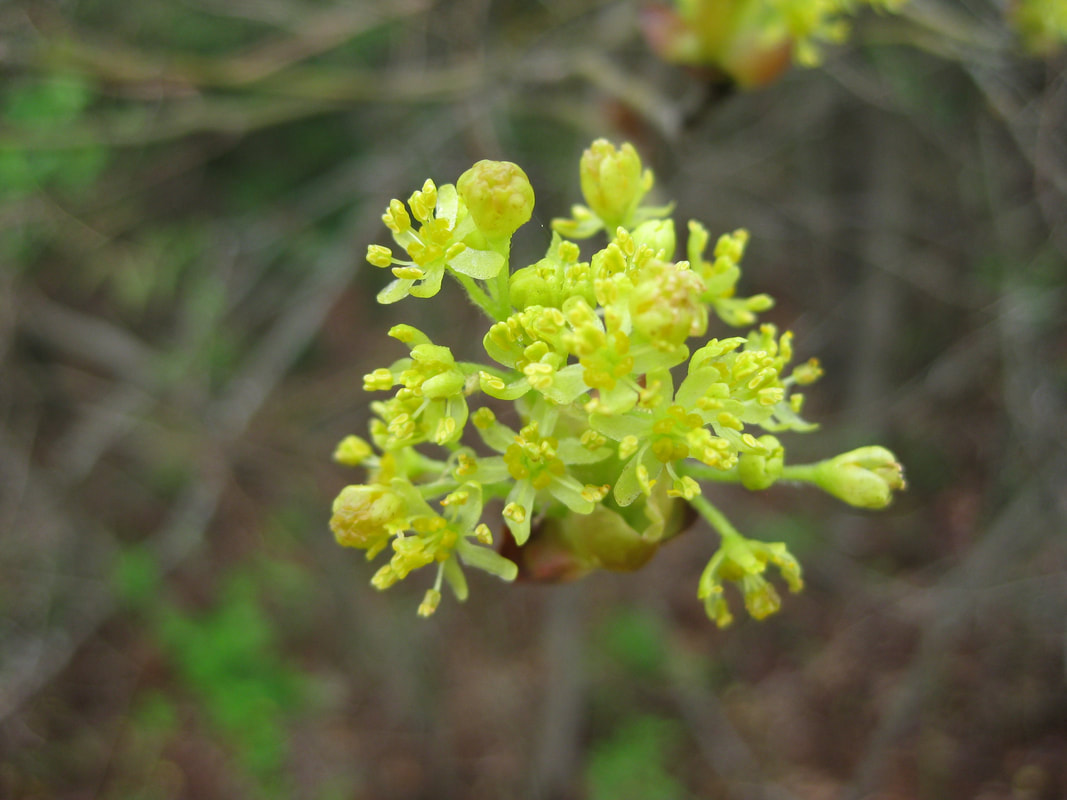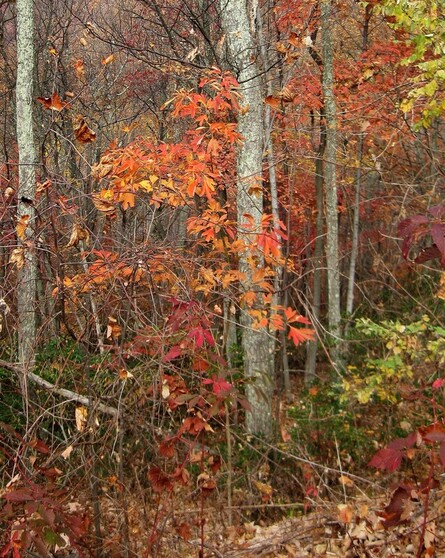And because the breath of flowers is far sweeter in the air (where it comes and goes, like the
warbling of music), than in the hand, therefore nothing is more fit for that delight,
than to know what be the flowers and plants that do best perfume the air.
~ Francis Bacon, 1625
warbling of music), than in the hand, therefore nothing is more fit for that delight,
than to know what be the flowers and plants that do best perfume the air.
~ Francis Bacon, 1625
A Friendly Little Weed
|
|
In a few months, we will all be out working in our gardens, tidying them up from winter and making them ready for the burst of spring growth to come. That includes a little weeding for most of us (and me more than most). There is a little plant that is so common that it is regarded as a weed, yet has a long tradition of medicinal uses: Prunella vulgaris, more commonly known as self-heal or heal-all. I hope that after reading this, if you find one in your garden, you will let it be and enjoy it. Spend that weeding energy on more offensive plants! Typical of many weeds, it does form colonies, but they are not difficult to control, and serve some purposes other than medicinal. Full of nectar, the flowers attract Clouded Sulphur butterflies. The plant acts as a larval host for the pretty little yellow butterflies as well. They also attract a variety of insects that will work as pollinators in your garden. The low-growing plants would make a nice edging to a garden bed, blooming from May to September, and reaching only about eight inches tall, sometimes a little more. This is a native herb, growing all across North America except for the very northernmost edges of Canada. It grows best in slightly moist conditions, but I have seen it along the edges of roads in impossibly hard and dry soil. It is frequently seen in waste places (ditches, abandoned parking lots, beside sidewalks), along field and forest edges, in meadows, and sometimes in lawns. There are two to three subspecies in North America: P. vulgaris ssp. lanceolata, P. vulgaris ssp. vulgaris, and, according to some, P. vulgaris ssp. aleutica (in Alaska). P. vulgaris ssp. vulgaris has naturalized around much of the continental U.S., while P. vulgaris ssp. lanceolata is native, appearing in the N.C. counties shaded in green. Some sources claim that P. vulgaris ssp. aleutica grows only in Alaska (USDA Plants database, Integrated Taxonomic Information System), while others do not recognize it as a distinct subspecies (Germplasm Resources Information Network). A member of the Lamiaceae family, along with many of our culinary herbs, Prunella has four-sided stems that are erect to spreading or even reclining, usually unbranched, 3-8 inches long. Leaves are opposite, relatively few, lance-shaped, minutely hairy to hairless, stalked; with leaf margins smooth or obscurely toothed. Flowers are purplish to pink, 1-2 cm long, short-stalked; sepals united in a 2-lipped, spine-tipped tube; petals fused into 2-lipped tube, upper lip hooded and bonnet-like, lower lip 3 lobed (the middle lobe fringed); 4 stamens; 4-lobed ovary; numerous in dense, spike-like cluster atop the stem. It is hardy from USDA zones 04a-09b. With a name like heal-all, it doesn’t take much imagination to figure out the main attraction of this plant—its’ history of use for a multitude of medicinal purposes. It has been used as a febrifuge, dermatologic aid, eyewash, antiemetic, cold remedy, gastrointestinal aid, gynecologic aid, and for venereal diseases, among other uses. Native American hunters drank a tea of P. vulgaris prior to hunting trips to sharpen their observation skills. Young leaves were used as a potherb, and an infusion of the plant in cold water was a common beverage. While out with your weeding tools, take a magnifying glass with you, and if you have the opportunity, take a close look at the lovely flowers of Prunella vulgaris. Katherine Schlosser (first published March 2010) |
Anise Scented Herbs
|
Seductive, sensuous, and elusive, fragrant plants embody the complexity of the earth in intricate, often satisfying ways. Whether they bring forth images of rose-filled summer days by the seaside, stumbling across a fresh-green meadow in spring, a bright bouquet delivered to your door, or the smell of cinnamon buns fresh from the oven, the volatile oils that create fragrance in plants affect almost all of us.
Many of the fragrant flowers and herbs that we use and enjoy come from lands far away, but here in America we have an abundance of fragrant plants of our own. Among those are several whose primary scent is anise-like, a particular favorite of mine. Sometimes described as “licorice,” anise is actually a delicate, sweeter fragrance—and taste—than its earthier cousin, licorice (Glycyrrhiza glabra, native to southern Europe and Asia). What we generally think of as anise is from the seed of Pimpinella anisum, an herbaceous annual native to the Mediterranean region. Now widely cultivated, and naturalized in Massachusetts and Michigan, the seed flavors curries, breads, cakes, candies, desserts, and beverages. The volatile or essential oil, obtained by steam distillation of the crushed seed, is trans-anethole, also used in household and industrial products, and blended with floral and woody fragrances in perfumes. That same volatile oil is found in North American plants, some common in gardens. Anise hyssop (Agastache foeniculum) is native to much of northern North America, and though not native to NC, does well in Piedmont gardens, growing to about 3’ tall with spikes of blue flowers. The flowers are edible (attractive in salads or beverages) but most of the minty-anise fragrance is in the leaves, which make a moderately tolerable tea. Grows in part-to-full sun, blooming its first year. Reseeds to produce new plants each year. Anise Scented Goldenrod (Solidago odora) grows quite well in dry shade or sun and is found throughout North Carolina. Crushing the leaves releases the sweet anise fragrance. Used historically to make a tea. The golden yellow flowers blend well with purple and russet colors in the fall garden. Fennel (Foeniculum vulgare) is an introduced perennial from the Mediterranean region, now found naturalized in many states, including much of North Carolina. Fennel and its cousin, Florence fennel, are standards in herb gardens, growing to 5’ tall with thread-like leaves and umbels of yellow flowers. The flowers of wild fennel are sometimes sold as fennel “pollen,” which is highly aromatic with the characteristic anise flavor, but are crushed flowers rather than pollen. Dried fennel seed, sold green or brown, is intensely fragrant. The fresh leaves are flavorful additions to a variety of recipes, and the bulb of Florence fennel can be eaten raw or sautéed. Sweetroot (Osmorhiza longistylis) is a perennial that reaches 3’ tall with white flowers in moderately moist soil, tolerating shade. The root has an intense anise fragrance. Yellow coneflower (Ratibida pinnata, formerly Rudbeckia) is a native of North American prairies, and grows well here in moderately moist to dry soils. It grows to about 4’ tall with drooping yellow petals and a tall cone-like disk that darkens as it ages. When that center cone is crushed, it releases a distinct anise scent. Fragrant sage (Salvia clevelandia) is native to California, but grows here with a little care, full sun, and good drainage. It has lavender blue flowers and grey-green leaves. It is an intensely fragrant plant, but may not survive our winters. Mexican tarragon (Tagetes lucida) is not the French tarragon we usually think about, but has a sweet anise fragrance. Native to Mexico, it grows well here in full sun and dry soil. It is a tall plant that blooms late in the season, just as you have about given up on it. Though used in Mexico for culinary purposes, and by many here who use it as a substitute for French tarragon (Artemesia dracunculus), it does not have GRAS (generally recognized as safe) status. Enjoy it for the cheerful blossoms and great fragrance. Sassafras (Sassafras albidum) – a common tree in the Piedmont. The primary volatile oil is saffrole (banned by the FDA for its carcinogenic properties), but another component is anethole. As with many plants, volatile oils appear in multiples. In this case, the anise scent is faint. From an old Appalachian mountain song: "In the spring of the year, when the blood is too thick, there is nothing so fine as a sassafras stick. It tones up the liver, and strengthens the heart, and to the whole system, new life doth impart.” Anise is one of those love it – hate it fragrances. For those who love it, we can have it in our gardens to enjoy, or just be pleasantly surprised when we encounter it in the field. I never would have thought of crushing the cone of a yellow coneflower, and wonder if other coneflower species have the same volatile oil. Rather than ruin flowers, I’ll do a little research first. C. Katherine Schlosser, first published July 2014 |
We Would Love to Have You Visit!
|
|
LIMITED Permission to Use Materials
The right to download and store or output the materials on our website is granted for the user's personal educational use only. Materials are copyrighted may not be edited, reproduced, transmitted or displayed by any means mechanical or electronic without our express written permission. Users wishing to obtain permission to reprint or reproduce any materials appearing on this site may contact us using the Contact Form. If granted, we will email you a written permission for you to keep on file. We respond quickly to such requests. |
ASSOCIATION
The North Carolina Unit is a member of the Herb Society of America, Inc. Visit the national organization at www.herbsociety.org |
